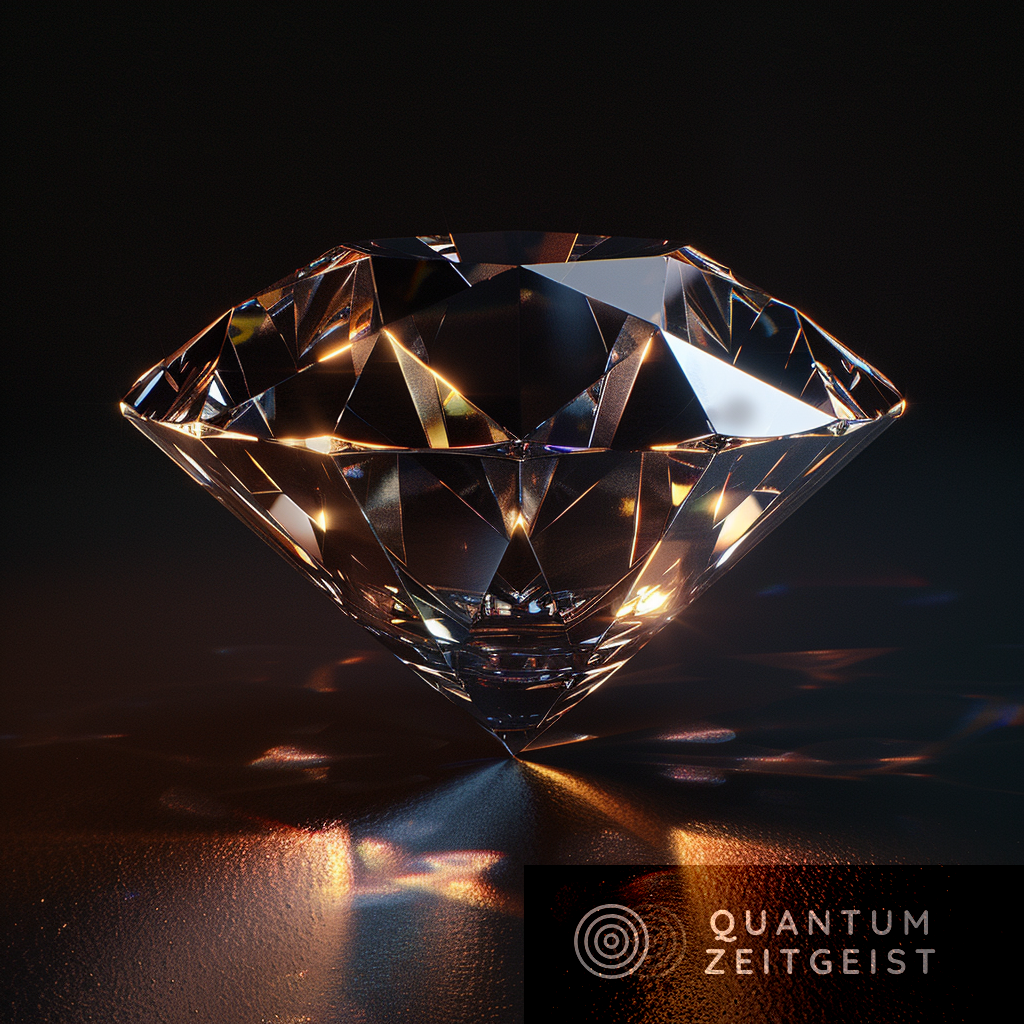The U.S. Department of Energy’s Princeton Plasma Physics Laboratory (PPPL) has opened a new Quantum Diamond Lab (QDL). The lab will study the use of plasma to create high-quality diamond material for quantum information science applications. This could enable faster calculations, secure communications, and precise temperature and magnetic field measurements.
The lab will also explore the creation of quantum bits, or qubits, which could have applications in breaking codes, diagnosing cancer, and more. Key individuals involved include Emily Carter, PPPL’s senior strategic advisor, Tim Meyer, PPPL’s chief operating officer, Alastair Stacey, managing principal research physicist at PPPL, and Nathalie de Leon, associate professor at Princeton University.
Quantum Diamond Lab: A New Frontier in Quantum Information Science
The U.S. Department of Energy’s Princeton Plasma Physics Laboratory (PPPL) has a rich history of over 70 years in fusion energy research. Recently, it has expanded its research scope to include quantum information science. On March 11, PPPL inaugurated its Quantum Diamond Lab (QDL), a dedicated space for studying and refining the processes involved in using plasma to create high-quality diamond material for quantum information science applications. Quantum diamond is being explored globally for its potential to leverage the properties of atoms and particles for various tasks, such as performing calculations faster than current computers, enabling secure communications, and measuring temperature and magnetic fields with unprecedented precision.
Quantum Diamond Lab: A Hub for Quantum Materials and Devices
The Quantum Diamond Lab is a significant step towards the next generation of information technology, focusing on quantum materials and devices. Emily Carter, PPPL’s senior strategic advisor and associate laboratory director for applied materials and sustainability science, highlighted that the lab is becoming a prominent research facility for the growth of quantum materials. The lab aims to utilize plasma expertise to drive technological innovation, improve plasma processes used in computer chip manufacturing, advance quantum sensors and communication, and contribute to a net-zero world. The lab houses machines that use plasma to create diamond material infused with other elements, enabling the creation of a structure known as a quantum bit, or qubit. Qubits could potentially enable a range of applications, including breaking unbreakable codes, measuring the temperature of microscopic structures inside cells, and aiding in cancer diagnosis.
Innovations in Quantum Diamond Research
Alastair Stacey, managing principal research physicist at PPPL and a leading expert in quantum diamond, is leading the Quantum Diamond Lab. He highlighted two significant innovations that the lab brings to the quantum world. The first is the introduction of co-doping, which allows simultaneous control of both electronic and quantum aspects. The second is the application of PPPL’s deep plasma expertise to measure the plasma in great detail and create accurate simulations of the plasma and diamond growth process. These innovations are expected to significantly advance the use of existing plasma tools and contribute to the development of new quantum materials and plasma tools.
Quantum Information Science: The Peculiar World of the Very Small
Quantum information science is based on the counterintuitive properties of tiny objects like atoms and the even smaller electrons within them, as described by quantum mechanics. Scientists hope to leverage these strange qualities to enable a range of innovations, including future generations of computers. Current computers store information in the form of bits, systems that can exist in one of two states. However, a new type of bit known as a quantum bit, or qubit, can hold much more information than regular bits while in their superposition state, making them extremely valuable as sensors.
Capturing and Using Quantum Effects
One method to create qubits involves diamond, a material made of carbon atoms configured in a lattice structure. By manipulating this lattice, scientists can create a particular arrangement of electrons that form a qubit known as a nitrogen-vacancy (NV) defect. Diamond helps preserve the qubits as they do not easily interact with other atoms or electrons. To build such small structures, scientists use a process similar to 3D manufacturing known as chemical vapor deposition. This process involves laying down sheets of carbon atoms atop each other to form the lattice. The challenge lies in preventing the carbon from forming graphite; researchers want diamond instead. This requires hydrogen, which in turn relies on using plasma. The plasma absorbs electricity beamed into it from outside and then transfers that electrical current to surrounding hydrogen gas, heating it up. Once the gas gets hot enough, the hydrogen molecules split into individual hydrogen atoms that then bind to the surface of the carbon lattice, ensuring that it remains diamond.
External Link: Click Here For More

